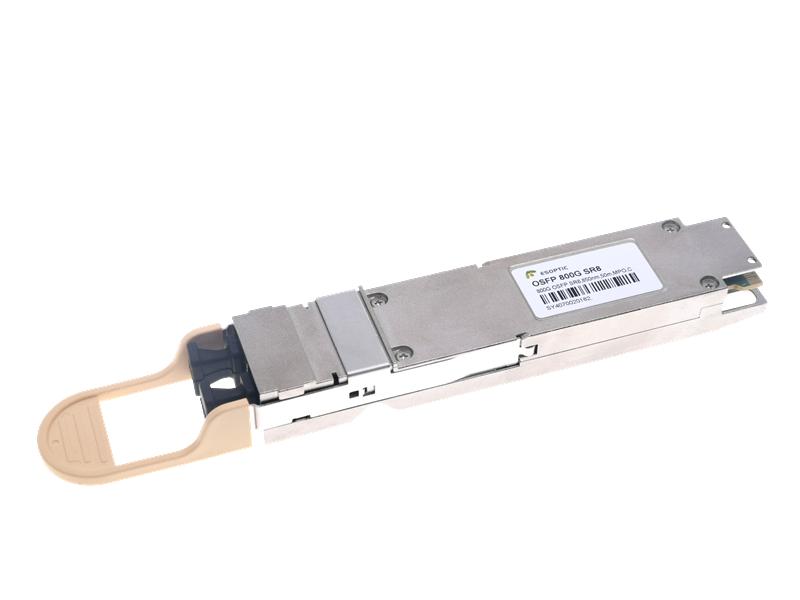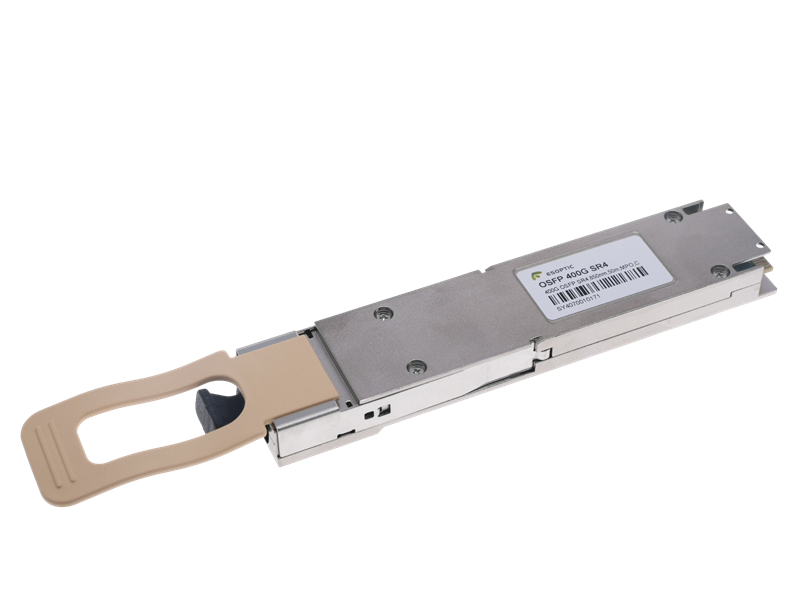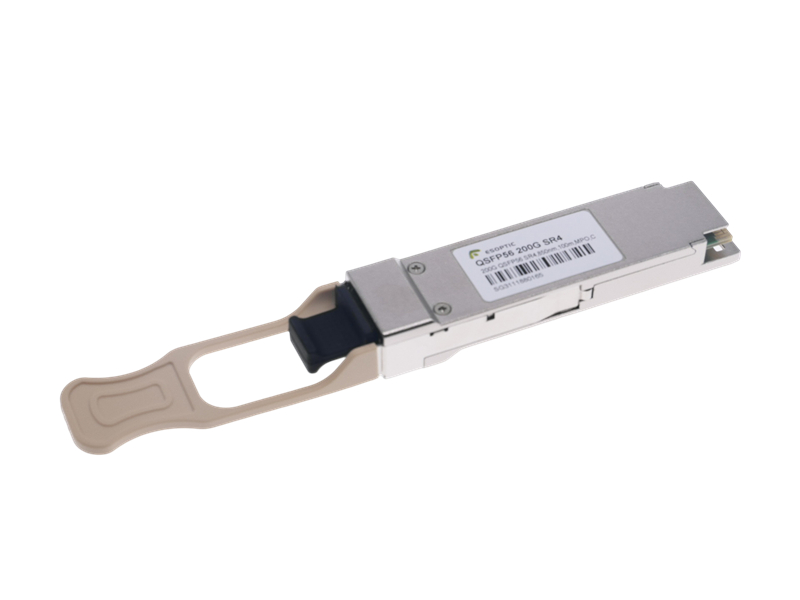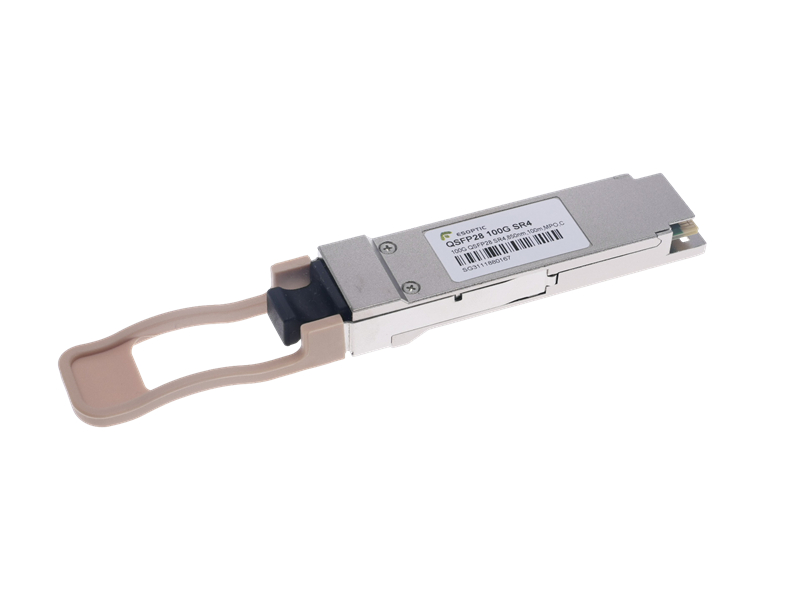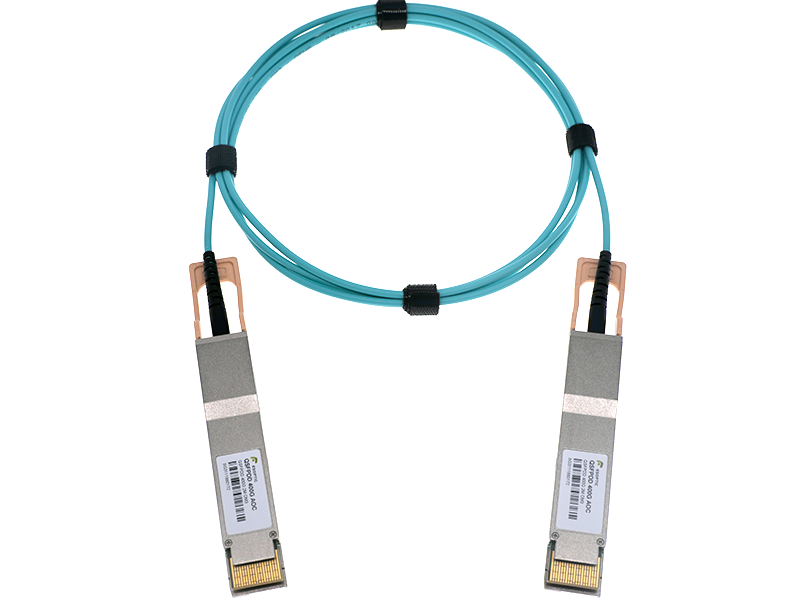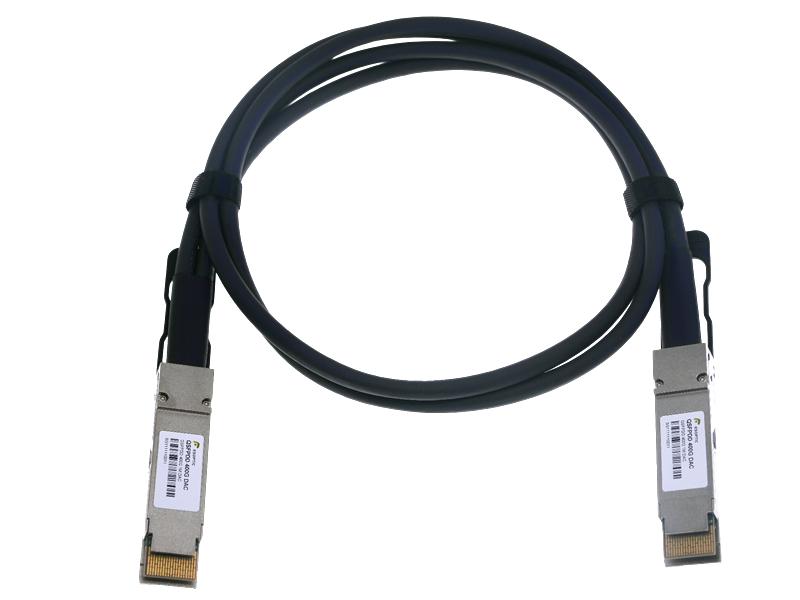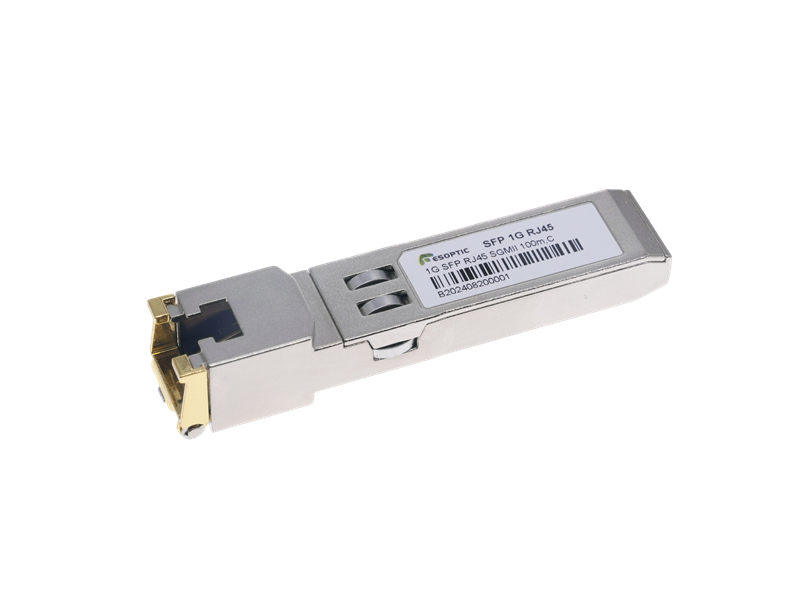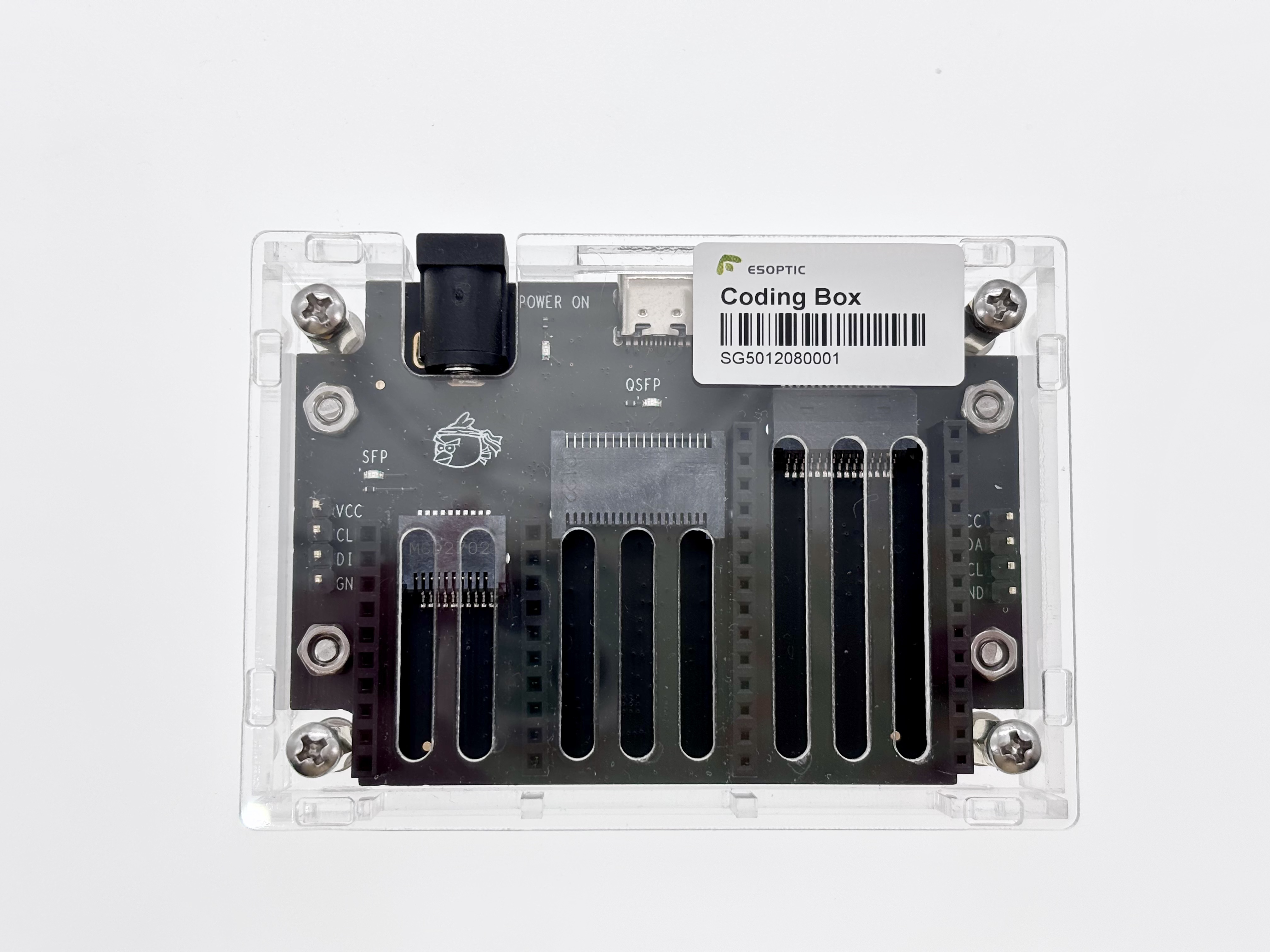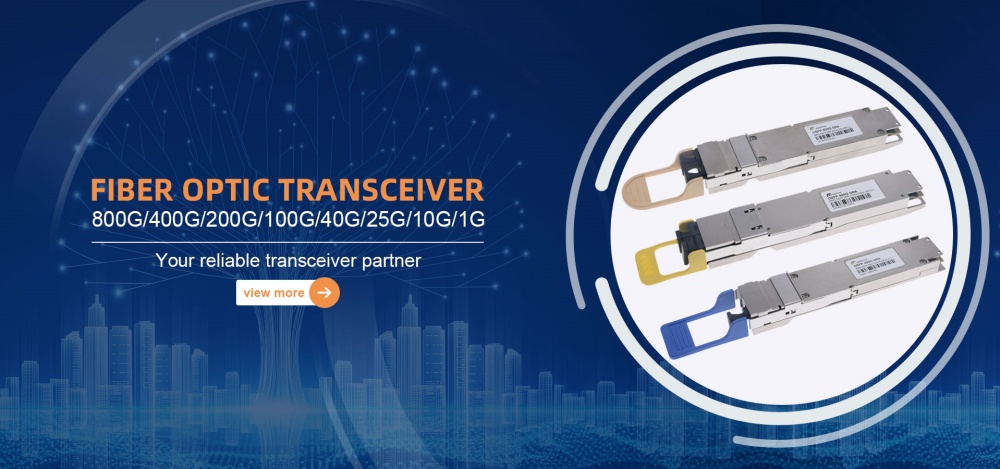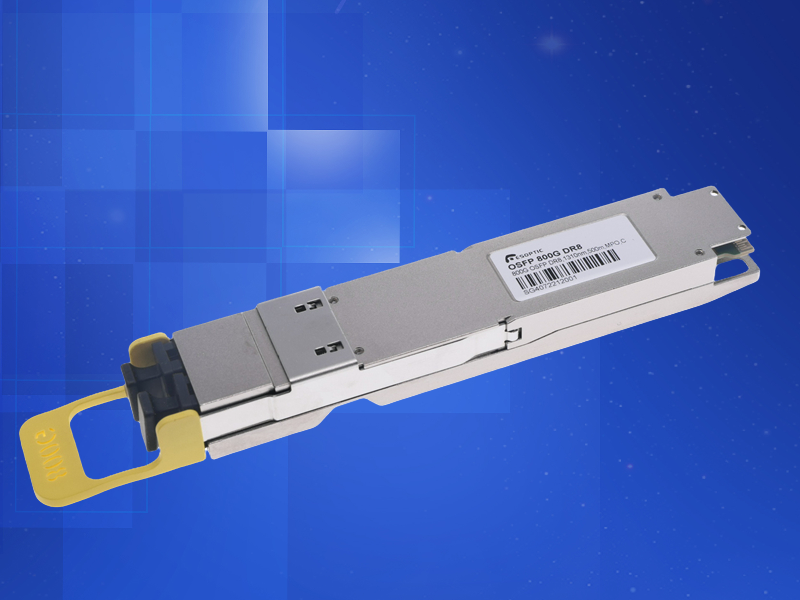Abstract:
The 800G transceiver represents a leap forward in optical networking. This article examines its technology, applications, and significance in high-speed data transmission.
Defining the 800G Transceiver: A Technical Overview
At its core, an 800G transceiver is an optical module engineered to transmit data at 800 gigabits per second. These devices leverage advanced photonics to convert electrical signals into light, pushing them through fiber optic cables with remarkable efficiency. Often built in formats like the 800G QSFP (Quad Small Form-factor Pluggable), they’re designed for environments demanding massive bandwidth—think hyperscale data centers or next-gen telecom networks. It’s a compact solution for a data-hungry world.
How an 800G Transceiver Operates
The science behind an 800G transceiver is elegant yet practical. It employs multiple lanes—typically eight—each running at 100Gbps using PAM4 (Pulse Amplitude Modulation) signaling. A laser transmitter generates light pulses, modulated to carry data, while a receiver decodes them back into electrical form. The 800G QSFP format, for instance, integrates this tech into a hot-swappable module, making deployment straightforward. This balance of speed and simplicity is what sets it apart in optical communication systems.
Applications Driving the 800G Transceiver
Why 800G? The answer lies in demand. With cloud computing, AI workloads, and 5G pushing network limits, an 800G transceiver delivers the throughput needed to keep pace. Data centers use it to link servers and storage over short distances, while telecom providers tap it for long-haul backbones. The 800G QSFP shines in dense setups, reducing port count and power draw compared to slower modules. It’s a workhorse for today’s—and tomorrow’s—digital infrastructure.
Technical Advantages of the 800G Transceiver
What makes an 800G transceiver stand out? Speed is just the start. It achieves higher data rates within a similar footprint to older modules, thanks to innovations like coherent optics and advanced signal processing. Power efficiency is another win—vital for sustainability in large-scale deployments. The 800G QSFP, for example, optimizes cooling and space, making it a practical upgrade. These features ensure it meets the rigorous demands of modern optical networks.
The Future Role of 800G Transceivers
Looking ahead, the 800G transceiver is poised to shape optical communication. As bandwidth needs climb with IoT and machine learning, these modules will evolve—potentially hitting 1.6T speeds. Their scalability and efficiency position them as a cornerstone for smart cities and global internet expansion. Adopting an 800G QSFP today isn’t just about keeping up; it’s about preparing for a faster, more connected future. The horizon is bright for this technology.
Summary:
The 800G transceiver powers next-level networking with unmatched speed and efficiency. It’s a vital innovation for data-intensive applications, driving connectivity forward.
FAQs
Q: What’s the main use of an 800G transceiver?
A: It’s ideal for high-bandwidth tasks like data center interconnects and 5G networks.
Q: How fast is an 800G QSFP compared to older models?
A: It doubles the 400G rate, using eight 100Gbps lanes.
Q: Is installation complex?
A: No, it’s hot-swappable and slots into standard ports easily.
Q: What’s the range of an 800G transceiver?
A: It varies—some reach 100m, others kilometers, depending on the setup.
Q: Why upgrade to 800G technology?
A: For faster, more efficient networks ready for future growth.


